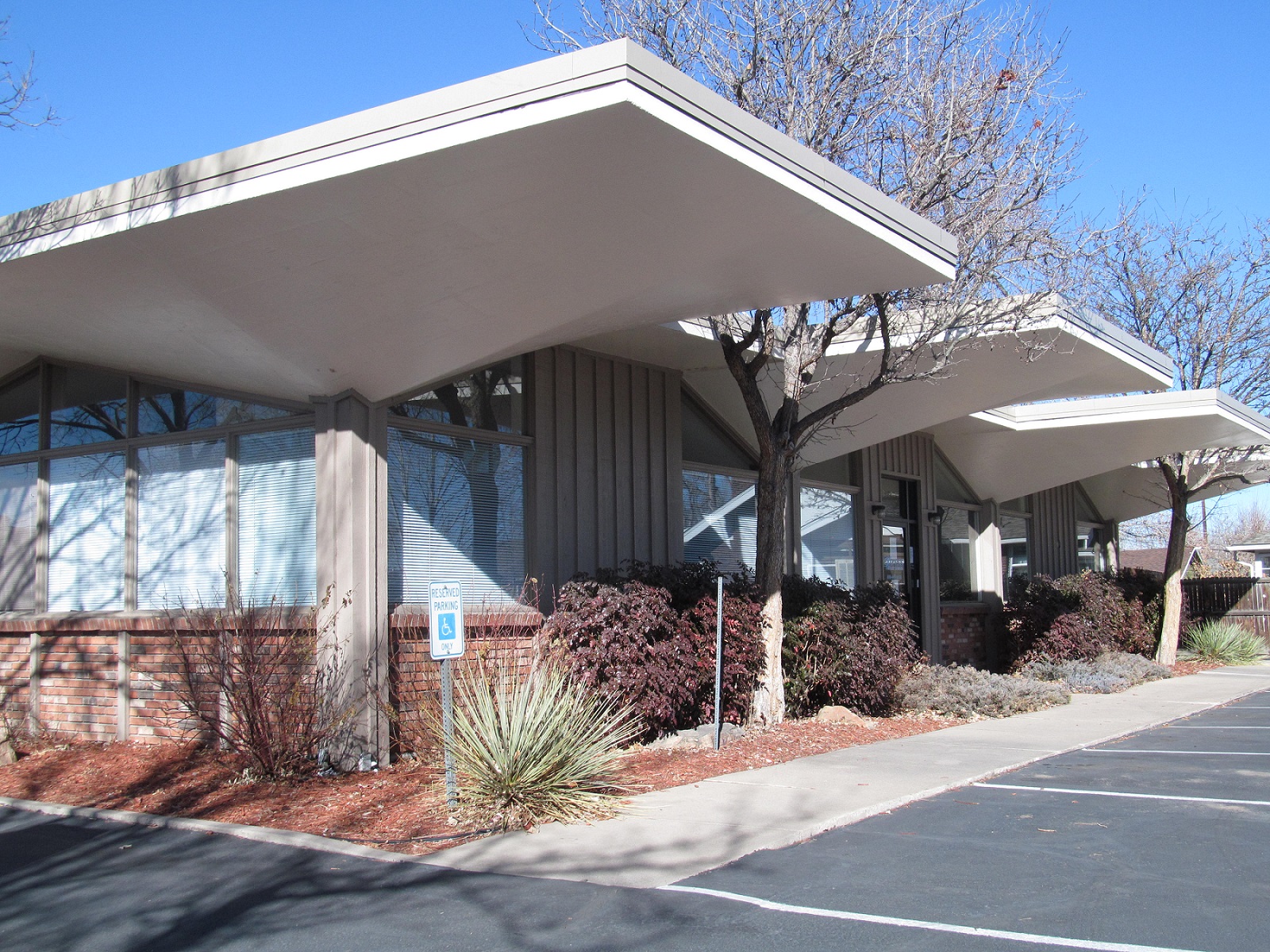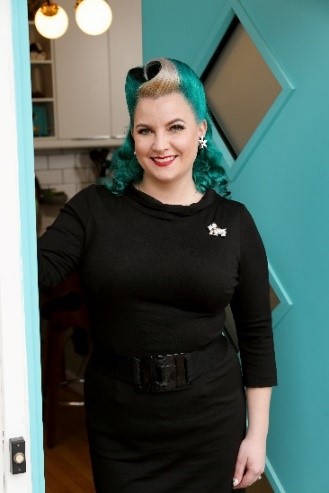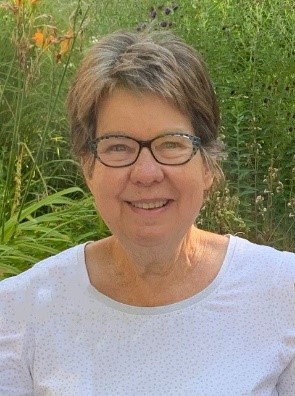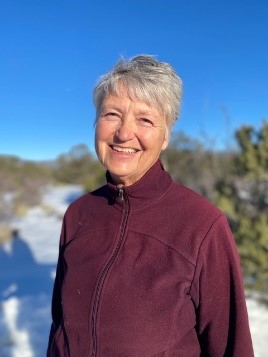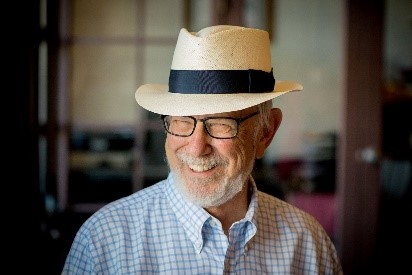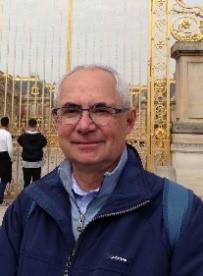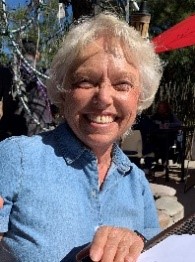MID-CENTURY MODERN COMMERCIAL
BUILDINGS INTRODUCTION
From its founding in 1872, Littleton grew as a prosperous, tidy, local center of commerce, light content_txtand manufacturing, and county government. But the town was poised for big changes in the post-World War II period. From 1949 to 1967, Littleton was transformed from a largely rural town with a handful of nearby factories into a prominent space-age metropolitan suburb. The small town’s largely rural population expanded from 3,370 in 1950 to 26,446 in 1970.
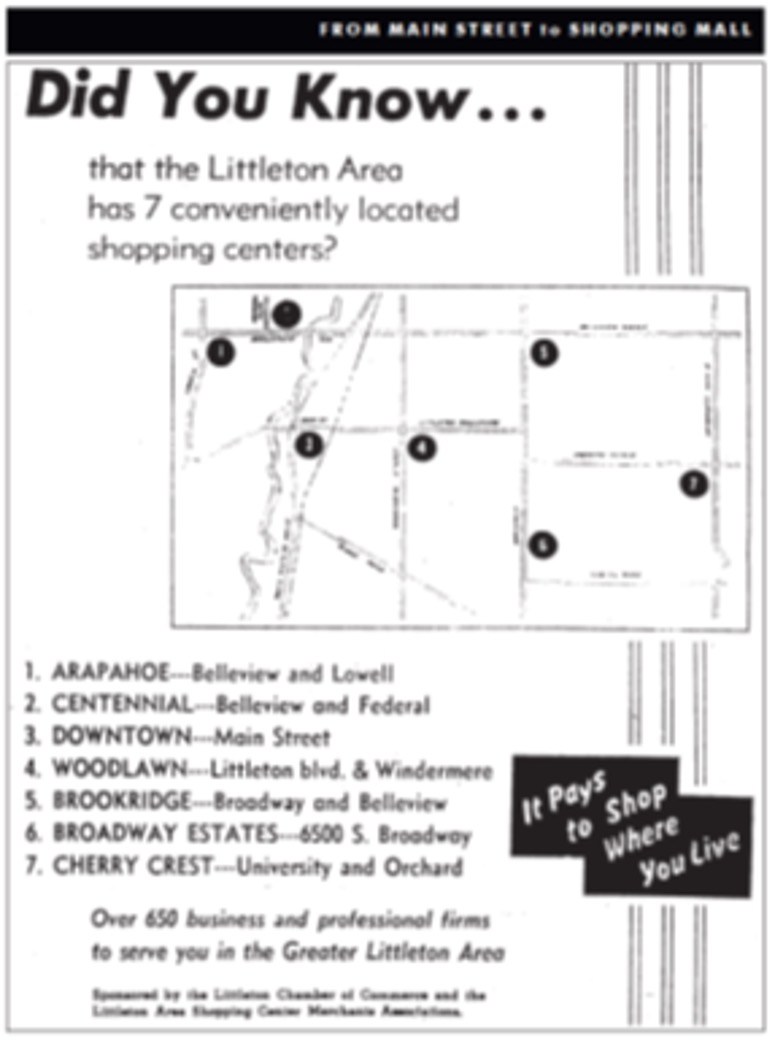
Littleton’s real growth began in the late 1950s with the arrival of several international scientific and technological firms. In 1955, Ohio Oil Company (later Marathon Oil) opened its research and development center in the area. In 1956, the Glenn P. Martin Co. brought a research and manufacturing center along with a government contract to build Titan intercontinental ballistic missiles. Homegrown C.A. Norgren corporation opened its pneumatics plant in 1957 in an industrial park—a new concept in corporate development. In 1962, Honeywell arrived (in what is now Centennial) and in 1972 Johns Manville located its sleek Postmodern corporate headquarters in Jefferson County.
These companies attracted a highly educated workforce focused on the new technologies for the burgeoning space age. The companies were filled with the optimism of the new modern age, and Modernism expressed their style.
Within a short timeframe, the physical boundaries of Littleton expanded significantly beyond the original downtown core. With this growth, Littleton offered all the attractions associated with a suburban life—semi-rural character, subdivisions of new single-family homes, green lawns, auto-friendly shopping, new industries, schools, religious facilities, healthcare facilities, and professional, government, and civic buildings.
The new high-earning young families in Littleton brought even more prosperity to the businesses that served them, including doctors, lawyers, architects, retailers, restaurants, real estate companies, local banks, and other services. Business owners adopted the Modernist ethos to attract them. Because many of the lots along Littleton Boulevard were platted for residential development, buildings were situated perpendicular to the street on deep lots, allowing for plenty of parking for customers conducting their daily business via their automobiles. Littleton Boulevard was transformed into a major shopping street, centered around Woodlawn Shopping Center.

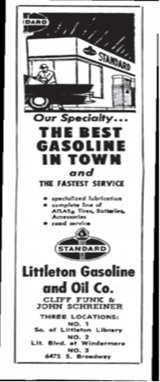
The Modernist buildings in the area were commissioned primarily by Littleton-based businesses, and many of these buildings were designed by Littleton’s home-based leading architects of the time, including Eugene Sternberg, Joseph and Louise Marlow, and Earl C. Morris, who is buried in Littleton Cemetery. The architects were deeply involved with the City of Littleton’s governmental and political activities, and many have attained local, regional, and national prominence, another unique benefit to Littleton. All of this has resulted in the most diverse concentration of Mid-Century Modern architecture in the region, all located within a 2-mile radius of Downtown Littleton.

